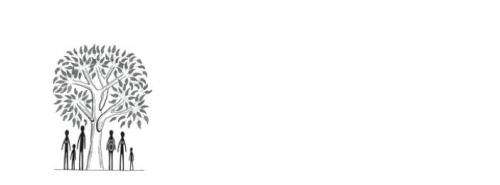Victorian aboriginal child mortality data shows long way to go to close the gap

The gap in the Aboriginal infant mortality rate in Victoria is higher than first thought, according to a landmark study undertaken by University of Melbourne researchers.
The Victorian Aboriginal Child Mortality Study (VACMS) is the first ever report on the number of births and deaths to Victorian-born Aboriginal infants and children between 1999 and 2008.
The six-year study outlines data on infant mortality, describing postneonatal and childhood deaths of the Victorian-born Aboriginal population.
Between 1999 and 2008, while the percentage of Aboriginal births was 1.6% of all Victorian births, the Aboriginal Infant Mortality rate was 9/1000 live births and accounted for 3.1% of all Victorian infant deaths. The number of Victorian Aboriginal child deaths between 1999 and 2008 accounted for 3.4% of all childhood deaths (more than double the percentage of Aboriginal births).
This previously unpublished data reports that the rate of Aboriginal infant mortality has not changed over the ten years, and the main causes of death are preventable.
Lead researcher Associate Professor Jane Freemantle from the Melbourne School of Population and Global Health said there was more work to be done on closing the gap.
"While the gap in Aboriginal mortality in the first 28 days is closing, by all other measures the Victorian Aboriginal infant mortality gap is not. We now have data that shows there has been no significant change in the rate of deaths between 1999 and 2008 of Aboriginal babies in Victoria and the risk of Aboriginal infant deaths in the first year of life remains twice as high as for non-Aboriginal babies," she said.
"A major cause of infant deaths was Sudden Infant Death Syndrome (SIDS), which was found to be statistically significantly higher in Aboriginal babies than in non-Aboriginal babies," Associate Professor Freemantle said.
Using total population data linkage, the study found the previous estimate of the number of births in Victoria to parents who identified as Aboriginal or Torres Strait Islander should be increased by between 87 per cent and 120 per cent.
Associate Professor Freemantle says infant mortality is a key indicator of effective public health policies and programs, and an accurate picture of infant mortality informs a society as to its social progress.
"If we can't look after the most vulnerable in our society, then a nation's overall prosperity must be brought into question. These data make the 'invisible' in our community 'visible' and it is a human right to be counted in population statistics in an accurate and timely manner.
"The results of this research are fundamental to improving health systems and developing evidence based policies to improve the health of Victorian Aboriginal infants and children."
"This study has provided a unique resource that has the potential for ongoing and strategic research into the prevention of deaths in Victorian-born Aboriginal children. It has also provided a more accurate baseline measure for tracking how effective we have been in closing the gap," Associate Professor Freemantle said.
Access to the data for this study was provided by the Consultative Council on Obstetric & Paediatric Mortality and Morbidity (CCOPMM). The views expressed in the report are those of the authors and not of the CCOPMM.














